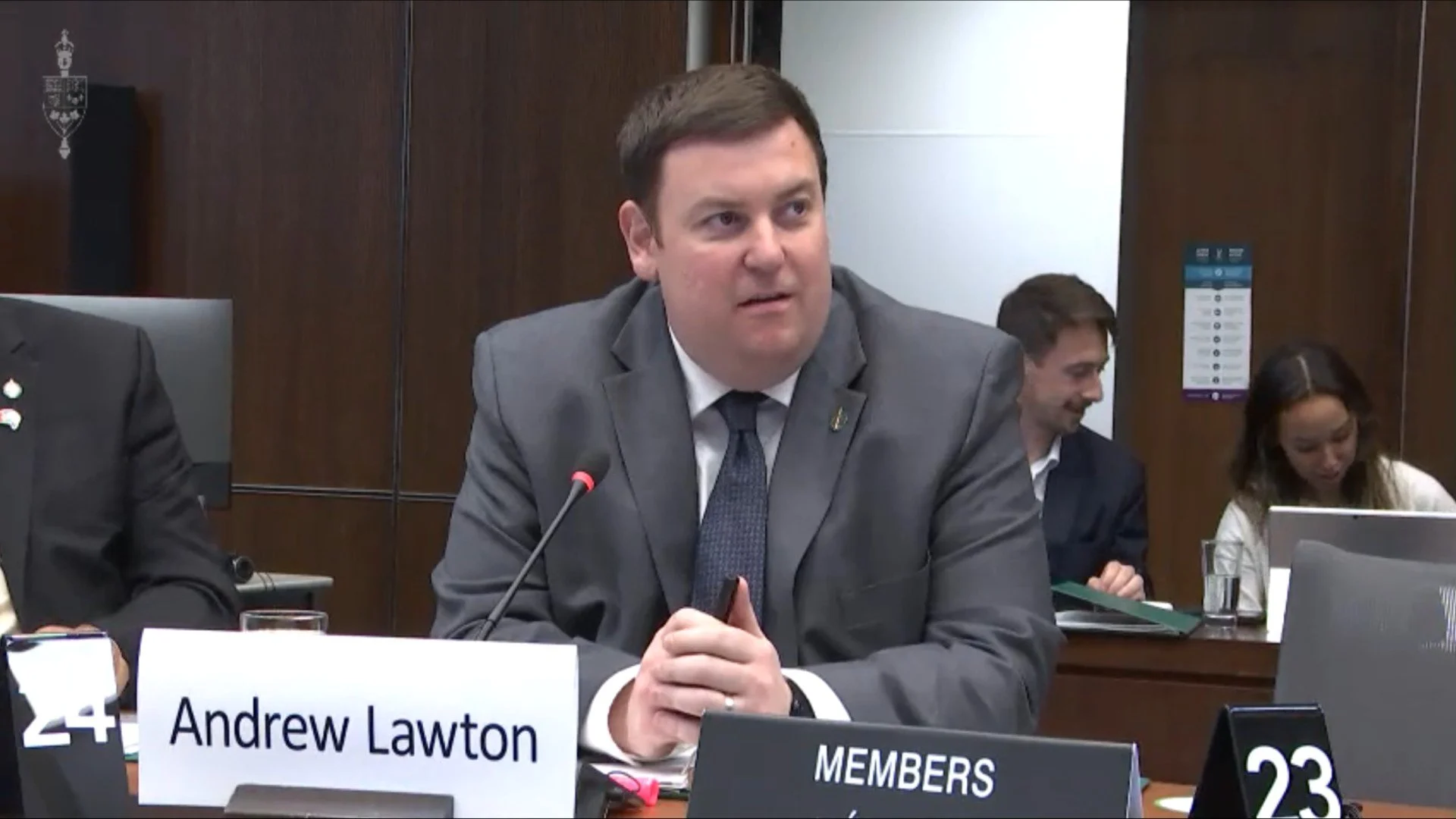Canadian Embassy Celebrates 75 Years of Interference in Cuba
Written by: Tyler Shipley
The Canadian embassy in Cuba tweeted its greetings to Cubans celebrating “January 1st” in an embarrassing effort to acknowledge Cuba’s most significant holiday without naming it. Why? Because Cubans call it “Triunfo de la Revolucíon” - a day celebrating the Cuban Revolution which Canada worked hard to undermine.
Even the framing of this anniversary as being about the embassy’s opening in 1945 speaks volumes: Cuba between 1902-1959 was essentially a US colony, and in the 1950s it was ruled by the despised dictator Fulgencio Batista, who enjoyed full North American support.
The revolution that overthrew Batista in 1959 is what Cubans are celebrating, but Canada tried to help destroy that revolution. Indeed, it was precisely the Canadian Embassy that was important; it was from there that Canada spied on Cuba on behalf of the CIA. Some of these spies - like John W Graham - remain proud of their work and have cashed in on their thrilling tales of espionage.
Hector Allard and the Cuban “Infection”
Canada’s ambassador during the Cuban Revolution was Hector Allard, who lived large in the gangster’s paradise that was Batista’s Cuba. Even as revolution spread through the country, Allard held a lavish wedding for his daughter in Havana. The Ottawa Journal reported approvingly on her “Lanvin-Castillo model gown of silk organza designed on monastic lines with a fitted bodice, long sleeves, and a bouffant skirt which extended into a long train.”
Just seven months after the exquisite wedding, Batista’s decrepit regime was overthrown.
A horrified Ambassador Allard called Fidel Castro an “infection,” insisted that Canada must “halt this cancerous growth” of revolution. Allard privately assured his government that Fidel would soon die from drug abuse.
Fidel did not die from drug abuse, nor in the attempted coup arranged by the US at the Bay of Pigs, nor in the dozens of assassination attempts plotted by the CIA using Canadian intel, nor the 1962 Missile Crisis which nearly led to nuclear war - where again Canadian intel was used by the US.
Canada and Cuba in the Trudeau Era
In typical empty Trudeau flourish, the 1970s saw the romantic whirlwind visit of Pierre and Margaret to the island, a performance that certainly irritated Canadian conservatives but carried little lasting political significance. Canada was still running an illegal spy ring from the embassy.
In fact, the Cuban government knew about the Canadian spies. It had caught and sentenced Canadian Ronald Lippert for not only spying but actively smuggling explosives into Cuba on behalf of the CIA. And when Canada took a paternalistic hard line with Cuba in the late 70s, Fidel threatened to expose the spy ring, which included a wide network of Canadian agents and diplomats and also recruited Cuban operatives.
Canada’s harder line was part of its response to one of Cuba’s most important contributions to the 20th century. In 1975, Cuba mobilized troops to protect Angola from an invasion by Apartheid South Africa.
Cuba’s solidarity with the newly-independent African country marked a turning point in the regional struggle for freedom and racial equality at a time when Canada was still an aggressive ally of the Apartheid governments of South Africa and Rhodesia. Canada “disapprove(d) with horror of the participation of Cuban troops in Angola,” a feeling no doubt shared by the soldiers of Apartheid South Africa as they retreated from Luanda.
Supporting Terrorism
Canadian efforts to undermine the Cuban Revolution often brought violence to Cubans and even Canadians. The embassy and the government collaborated with Miami-based terrorist networks like Omega 7 that carried out attacks against Cubans like the bombing of Cubana Flt 455, which killed 72 people, including Cuba’s national fencing team. https://www.washingtonpost.com/sports/painful-lessons-from-loss-of-cuban-fencing-team-in-1976/2016/12/04/d26cb772-b990-11e6-b994-f45a208f7a73_story.html
These terrorist networks launched several attacks within Canada - from bombs at Expo ‘67 in Montreal and the Cuban consulate in Toronto to a bazooka blast in Ottawa. Several Cubans and Canadians were killed in these attacks, victims of Canadian collaboration with anti-revolution terrorists.
These networks also carried out attacks in Cuba, like the introduction of Dengue virus by Eduardo Arocena, which afflicted over 300,000 people. More than 600 attacks left at least 3500 Cubans dead, with cooperation and intel from the Canadian state.
Don’t expect any vigorous refutations of any of this from the embassy - they knew what they were doing when they tweeted about “January 1st” instead of “Triumph of the Revolution” or “Liberation Day.” Canada’s posture has scarcely changed in those 75 years.
More Articles





